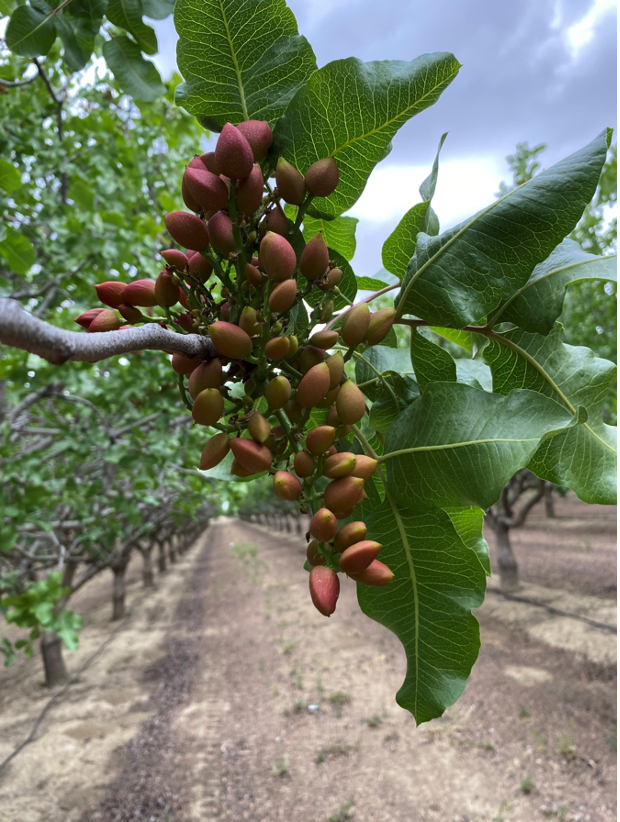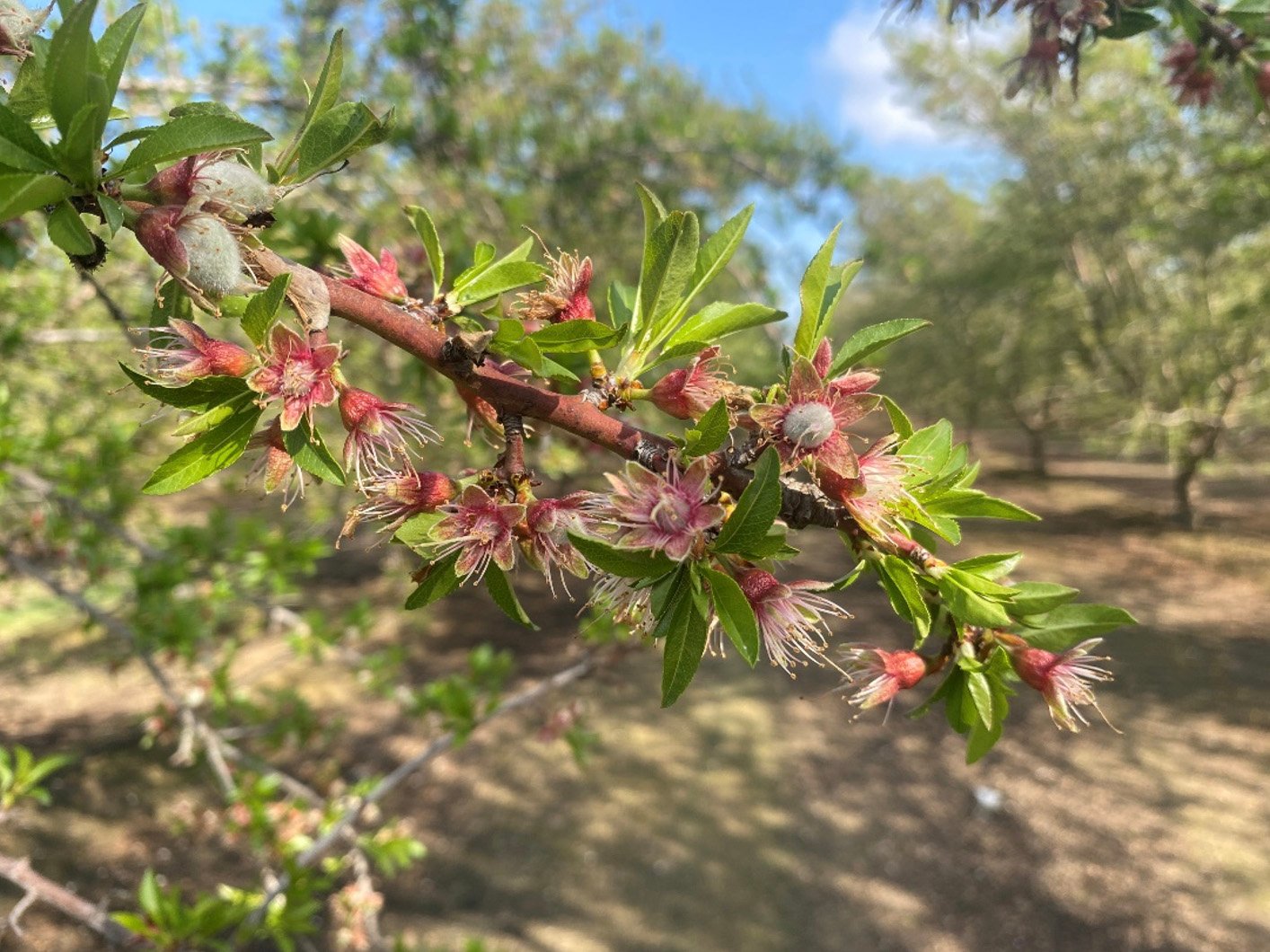Farmers, as well as nature, can create hypoxic soils. In extremely wet years, there is very little growers can do to avoid losses resulting from saturated soil conditions. During winter months, cooler temperatures can help to reduce the effects of saturated conditions because both soil microbial activity and plant growth is limited. On the other hand, warmer temperatures and saturated conditions exacerbate problems associated with anaerobic soil conditions. Thankfully, during the warmer growing season, soil moisture is maintained through irrigation.
What are hypoxic or anaerobic conditions?
In relation to plants, hypoxic or anaerobic conditions refer to when the soil or substrate has little to no available oxygen. The oxygen in the pores of the soil profile is replaced by water. When saturated conditions persist, the microbial, fungal and plant activities quickly use up any remaining oxygen. These conditions occur most frequently in winter during the rainy season, but can also be a result of over irrigating and soil compaction. Anaerobic soil conditions are more common in dense heavy clay soils where pore space is already limited.
Why is it important to maintain available oxygen in the soil or substrate?
Plants differ in their ability to survive and grow in hypoxic conditions. It is important to make a distinction between aquatic and semiaquatic plants. Aquatic plants have morphological and metabolic adaptations that allow them to live indefinitely in saturated conditions. Non-aquatic or terrestrial plants have biochemical pathways that provide temporary survival mechanisms.
Even with a variety of plant responses to mitigate flooded soil conditions, oxygen availability and uptake is limited. Terrestrial plants cannot survive indefinitely in saturated soils. The duration that a plant can survive in saturated conditions depends on species, stage of growth, environmental conditions.
Oxygen is a necessary component of respiration, which is the process that converts stored sugars into the energy needed to keep all living organisms alive.
In the case of plants, oxygen is a necessary component in many processes including respiration and nutrient movement from the soil into the roots. Unlike animals, plants do not have an active transport system for oxygen. Oxygen moves slowly and passively within a plant through diffusion. When oxygen is not present at the root-soil interface, soil-absorbed nutrients and oxygen become a limiting factor.
In the absence of oxygen, root growth stops and over time roots begin to die. When flooded for a prolonged period of time root dieback can be significant. Similar to drought stress conditions, the stomata start to close and photosynthesis is reduced. Respiration continues as photosynthesis slows and the plant is operating at a deficit. A prolonged period at a deficit leads to reduced yields, root and limb dieback, greater susceptibility to disease and pests, and eventually death.






